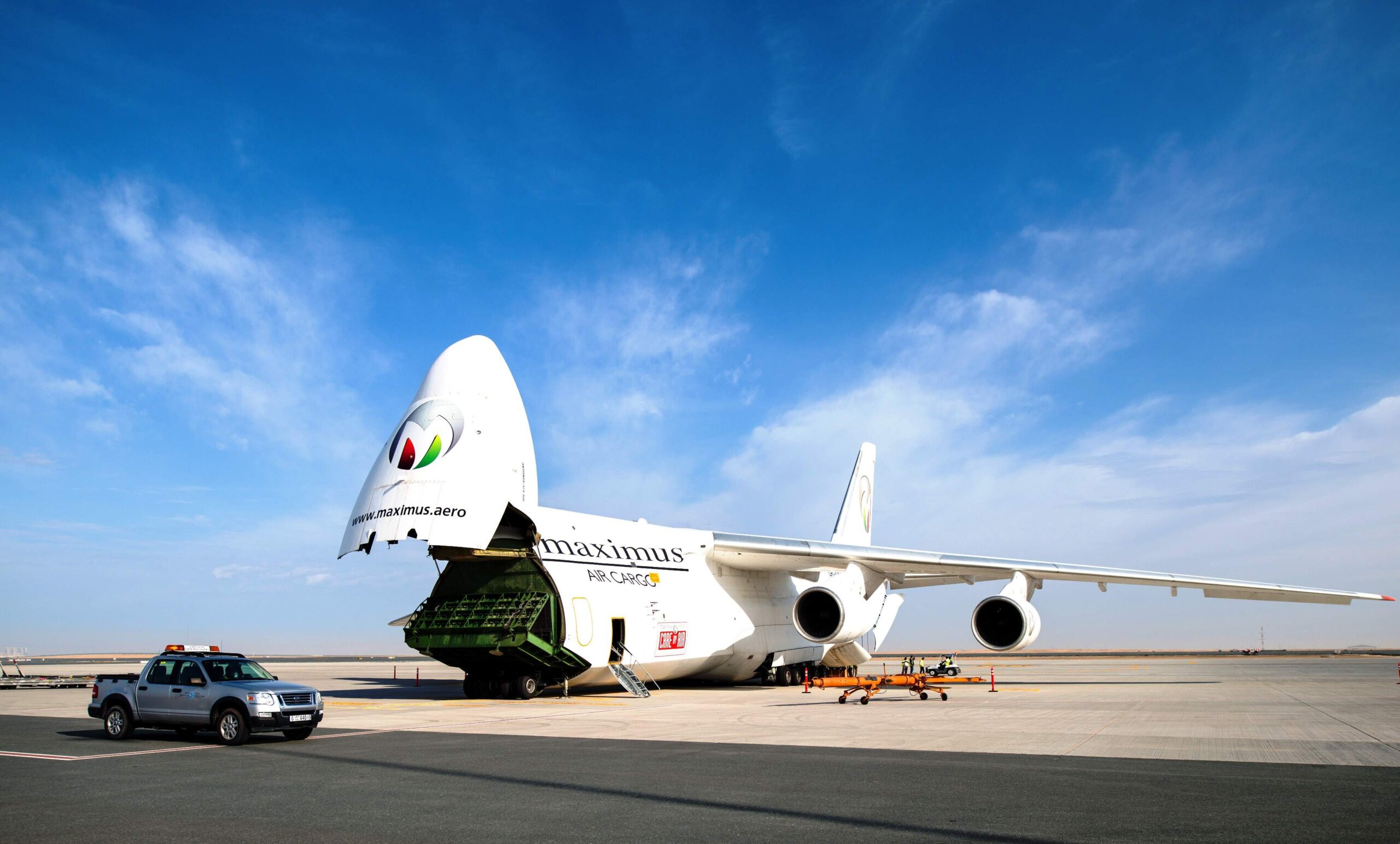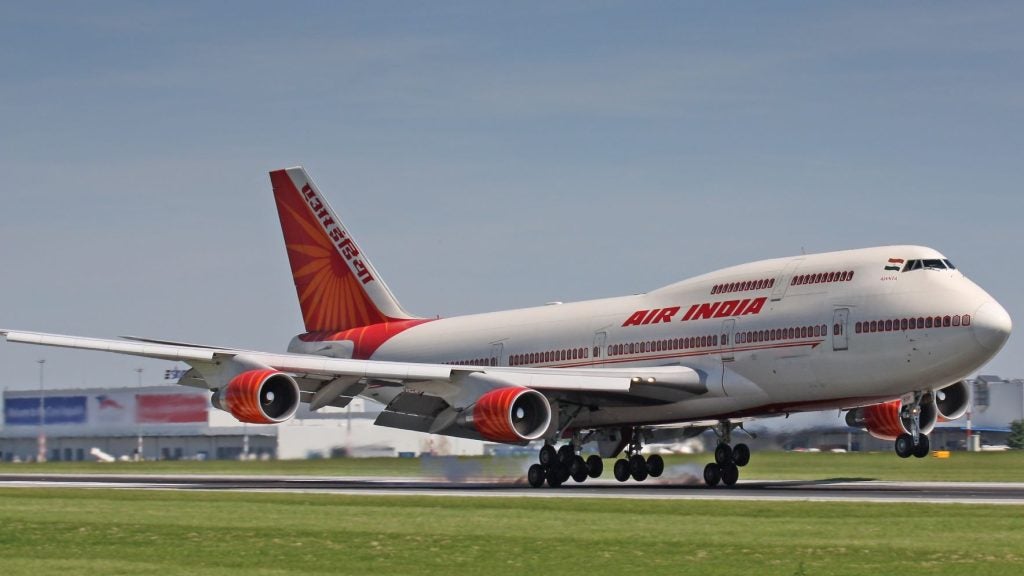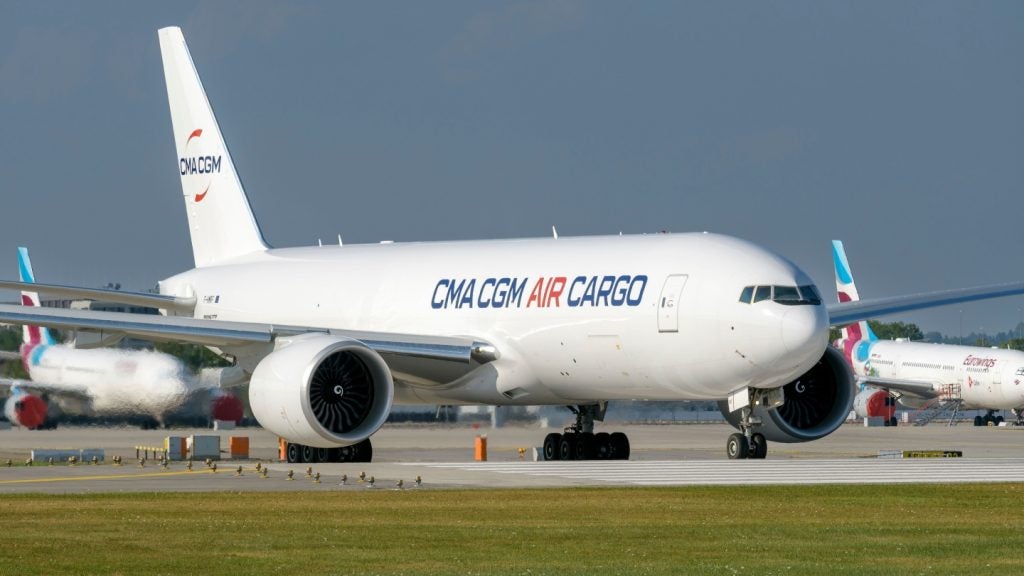
When the air cargo industry took off in the second half of the last century, it gained a standing for getting bulky – and often expensive – goods from A to B as fast as possible.
As of 2014, air freight accounted for 35% of international trade by value, worth $6.8 trillion in goods.
On the face of it, that’s not bad going for an industry. However, it is tempered by the total volume of goods transported by air standing at only 0.5% within the global trade mix.
Carriers have been accused of not making good on their promises of fast supply chains. According to recent figures, it takes roughly one week to move a product from the manufacturer to the final importer, thanks to excessive paperwork.
While the International Air Transport Association (IATA) has called for a structural redesign of the industry, ground has been lost to sea freight. Some electronics companies, including Ericsson and Sony, have admitted to opting to transport their goods via the oceans at much lower costs.
The air cargo industry is defined by its fragmented supply chain, which comprises truckers, ground handlers, airlines, forwarders and shippers. The need for greater cooperation between these various parties is vital if we are to see a drop in transport times.
How well do you really know your competitors?
Access the most comprehensive Company Profiles on the market, powered by GlobalData. Save hours of research. Gain competitive edge.

Thank you!
Your download email will arrive shortly
Not ready to buy yet? Download a free sample
We are confident about the unique quality of our Company Profiles. However, we want you to make the most beneficial decision for your business, so we offer a free sample that you can download by submitting the below form
By GlobalDataBringing the worlds of logistics and digital transformation together
In order to achieve this, the IATA has said it would like to see more of its members adopt digitisation, through which data and material flows are seamlessly integrated into the supply chain. Paperwork should be kept to a minimum.
Bearing all of this in mind, the recent news that Siemens Postal, Parcel & Airport Logistics (SPPAL) is to implement a new cloud-based software platform for dnata’s cargo operations at Dubai International Airport (DBX) represents a step in the right direction.
Announced in September, SPPAL’s appointment system will allow all land transport processes up to the hub’s dockside to be handled digitally. Dnata, one of the world’s leading air providers, is hoping the technology will increase transparency and communications in its supply chain.
“This solution will enable freight forwarders to request a slot to deliver or pick up their cargo,” says Bernd Struck, senior vice president UAE Cargo & DWC Airline Services at dnata.
“This is an integrated solution with customs that enables forwarders to have a single appointment, including customs inspections, if any of those shipments requires inspection.
“The state of art tool will have a built-in intelligence to recognise the nature of shipment and let the customer know the prerequisites to ensure that the services are delivered.”
According to SPPAL, the deal brings “the real world of logistics and digital transformation together.” The two companies are not unknown to one another either. Last year, dnata contracted Siemens to upgrade the automation inside the terminal at Dubai with its cargo compact software.
The new platform is based on the AX4 software of the SPPAL subsidiary Axit, which was acquired in 2015. The cloud technology enables the digitalisation of processes across the entire supply chain – from production to transport by plane, all the way up to the logistics centre and final delivery.
Why are air cargo players slow on the digital uptake?
The introduction of the platform in Dubai is timely, says Struck.
“We face an ongoing challenge continuing operations at DXB for another 15 years at a very busy airport,” he explains.
“We are faced with major congestion issues at our Dubai Airport Free Zone facility. Cloud computing enables us to simplify processes and bring about efficiencies in our service delivery and enhance the customer experience.”
Aside from Dubai, Siemens’ customer base currently includes four of the top ten cargo airports in the world, which transport approximately 14 million metric tonnes of goods each year.
Beyond these hubs, however, the path towards digitalisation is being beaten at a markedly slower pace, says Martin Mommersteeg, founder of Netherlands-based supply chain and operations specialist M3 Consultancy.
“I don’t believe the current players in the air cargo industry are open to digitalisation,” he says. “If you see how long it takes to implement e-freight, then one can imagine that digitalisation is still a long way to go.”
Struck agrees that digital adoption rates have not been great. “Despite huge advances in IT industry, digitalised air waybill data transfer is a major hurdle, as only a limited number of airlines are capable of transmitting airway bill data digitally.”
“So, we looked at ways to circumvent this shortfall, such as the option to capture details and disseminate the information using integration modes.”
A changing industry: enter the start-ups
While traditional air cargo players grapple with implementing technology, Mommersteeg believes we will see more start-ups enter the fold, able to offer shippers app-based business to consumer (B2C) services at much lower costs.
This, he believes, could also spell out the beginning of the end for forwarders.
“I expect that the new start-ups will take over the market in bringing shippers and airlines together,” he says.
“I am afraid that the current forwarders will not be able to compete with these newcomers. They are too traditionally organised and will not be able to cope with the required changes, such as ICT, employees, business models.”
The benefits of digitalisation on offer to the air cargo supply chain are considerable. As well as enabling more agility, new and more direct connections between shippers and airlines will alleviate the burden of excess documentation.
This, in turn, can improve the utilisation of assets, avoid double handling and reduce waiting times.
While the demand for airlines will always exist, they will have to adapt to this new market model, claims Mommersteeg. In addition to redesigning their physical footprints and supply networks, this will entail the formation of “new customer relationships”.
“Cargo airlines cannot adjust their supply chains all by themselves,” he says. “They need to work with airports and trucking companies to implement the required changes and cope with the changing environment.
“Digitalisation is only a means towards a new way of working that needs to be developed collaboratively. Digitalisation will be the catalyst.”







